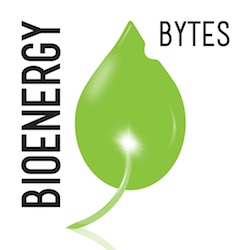According to an analysis conduced by the Union of Concern Scientists (UCS), states can cost-effectively produce nearly twice as much renewable electricity as the Environmental Protection Agency (EPA) calculated in the Clean Power Plan. Increased renewable electricity growth could allow states to collectively cut heat-trapping carbon emissions from power plants by as much as 40 percent below 2005 levels rather than the 30 percent reduction the EPA included in its draft rule.
 Overall the EPA calculated that renewables could comprise 12 percent of U.S. electricity sales in 2030, marginally more than business-as-usual projections from the Energy Information Administration (EIA). If fully implemented, UCS’s proposed modified approach for setting state targets would result in renewables supplying at least 23 percent of national power sales by 2030.
Overall the EPA calculated that renewables could comprise 12 percent of U.S. electricity sales in 2030, marginally more than business-as-usual projections from the Energy Information Administration (EIA). If fully implemented, UCS’s proposed modified approach for setting state targets would result in renewables supplying at least 23 percent of national power sales by 2030.
“There is an urgent need to reduce heat trapping gases, and power plants are about forty percent of the problem,” said Ken Kimmell, UCS’s president and former head of the Massachusetts Department of Environmental Protection. “Fortunately, renewable electricity has been growing by leaps and bounds for the past five years and costs keep dropping. That’s great news and the agency should take full advantage of what’s been happening on the ground.”
UCS’s analysis found that seven states are already producing more renewable electricity than EPA computed they could in 2030 under its draft rule. Additionally, 17 states have existing laws that require more renewable electricity than EPA’s targets.Read More













